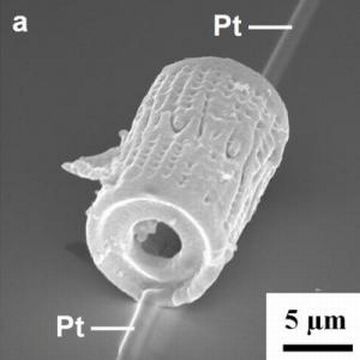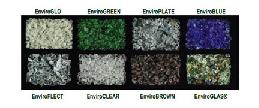 Now ocean creature-shells will help to make electronic devises like gas sensors to detect pollution faster and more efficiently compared to the conventional devices. Researchers have created a new class of gas sensors. They are based on the unique and intricate three-dimensional (3-D) shells!
Now ocean creature-shells will help to make electronic devises like gas sensors to detect pollution faster and more efficiently compared to the conventional devices. Researchers have created a new class of gas sensors. They are based on the unique and intricate three-dimensional (3-D) shells!
To do this, the scientists have used a chemical process that converts the original silica (silicon dioxide, SiO2) of the shells into the semiconductor material silicon. These 3-D shells are produced by microscopic creatures — diatoms.

The shells which are converted retain the originals’ 3-D shape and nano-scale detail. It could also be used as battery electrodes and chemical purifiers. It can also be used in other applications that require complex shapes, which nature can produce better than humans.
Kenneth H. Sandhage, a professor in the School of Materials Science and Engineering at the Georgia Institute of Technology said,
When we conducted measurements for the detection of nitric oxide, a common pollutant, our single diatom-derived silicon sensor possessed a combination of speed, sensitivity, and low voltage operation that exceeded conventional sensors.
The unique diatom-derived shape, high surface area and nanoporous, nanocrystalline silicon material all contributed towards such attractive gas sensing characteristics.
Photo Credit: Ken Sandhage




